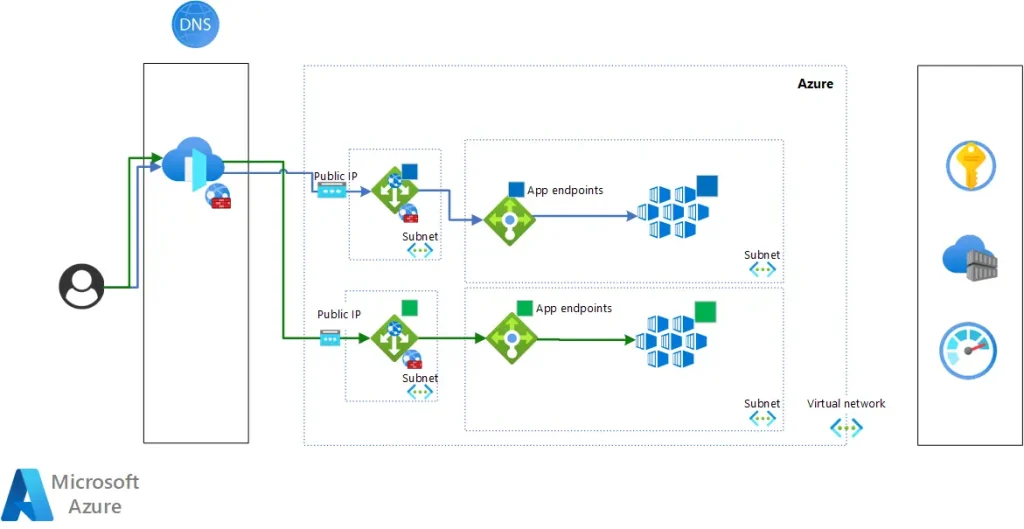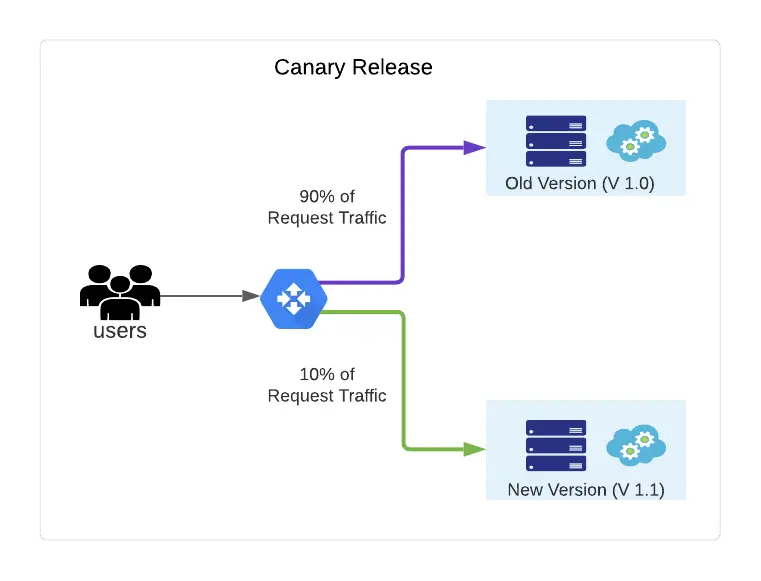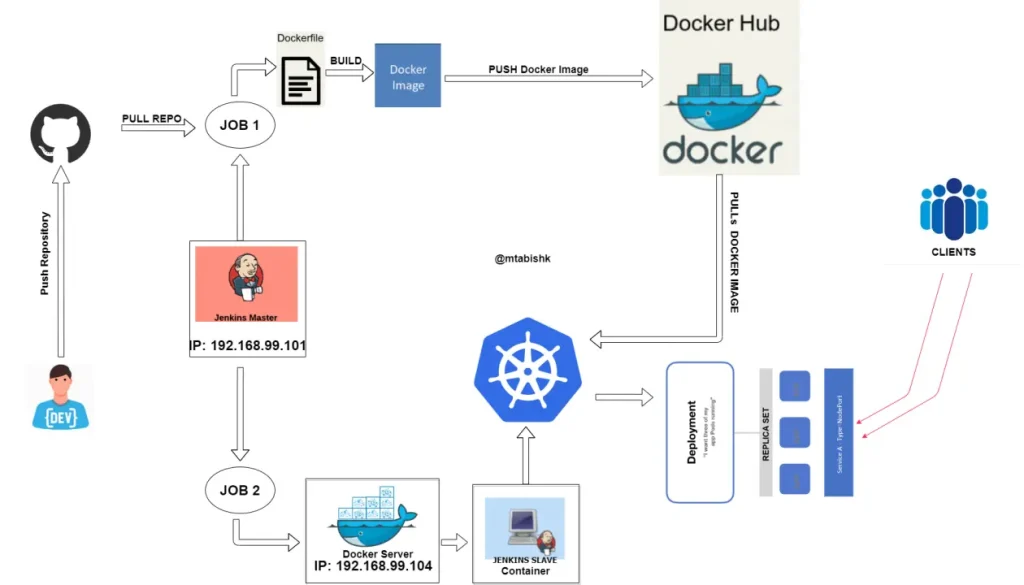How devops has changed over the last few years
DevOps has always been about reducing manual toil using automation and technology. Yet, as the market grows with various selections of choice and a vast backlog awaits, DevOps is forced to adopt different tools to tackle issues, including one that can only deal with a problem at a time.
This may seem great at first. But in the long run, it poses 3 problems:
- The scaffolding needed to run DevOps toolchains became massive.
- DevOps might accidentally have various tools with similar functions (either they are best-of-breed solutions or just something the developers are familiar with). These tools are necessary to tackle shared problems, improve developer productivity, and set up proper workflow. However, this eventually leads to a high learning curve among DevOps developers.
Spending time learning another tool and figuring out how to do the same things you already know is not a good idea. Gartner’s projection that 75% of DevOps initiatives will fail to achieve expectations by 2023 emphasizes the steepness of the learning curve. - A decentralized tool collections also challenges equipment control and management.
At the same time, talent shortage is a common issue when implementing DevOps. DevOps developers with valuable coding skills are running short in the job market. Research from Manpower Group reports that 75% of businesses consider acquiring tech talent to be their top priority. As the need for experienced DevOps grows, it is becoming challenging to locate qualified candidates.
How low-code come to rescue
With the scarcity of DevOps talent and the severity of the learning curve, low-code is truly the savior.
Low-code is a development technology in which developers can build applications quickly by dragging and dropping intuitive graphic elements and embedded functionalities. All elements are pre-coded (Just like website builders such as WordPress, Wix, or Weebly, but for any application).
The difference is that low-code allows customization and provides advanced plug-ins for complex development and integrations. Developers of any expertise, even non-technical business users and citizen developers, can easily use low-code technology to build apps.

When businesses put low-code and DevOps together, there are multiple benefits:
- Accelerated development cycles: Low-code streamlines the development process, allowing developers to quickly create and alter apps. Shorter development time is consistent with the DevOps goals of boosting software delivery and improving time to market.
- Enhanced collaboration: Low-code DevOps utilizes a visual and collaborative environment with shared ownership and cross-functional teamwork, boosting the overall teamwork within organizations.
- Better security: Low-code DevOps helps embed security throughout the software delivery pipeline. Rather than depending on reactive security measures, this results in a more secure and trustworthy software product by design.
- Improved Scalability: With low-code DevOps in work, organizations can build complex, distributed applications that can scale to meet the increasing user demand and workloads.
- Increased Deployment Flexibility: The power of low-code and DevOps allows organizations to deliver apps across different infrastructures and environments. This increases the flexibility of application delivery while decreasing operational complexity.
4 use cases of low-code for devops
1. Enabling CI/CD pipeline
An efficient flow of high-quality code into continuous integration/continuous delivery (CI/CD) pipeline is required for effective DevOps. Low-code platforms make these below possible:
Using pre-built connectors, IT developers accelerate the code stream to eliminate data silos and act on data wherever it sits without migration. Reusable elements, such as workflows, business rules, integrations, and APIs help developers save time. A good-quality low-code platform can help organizations quickly deploy automation solutions, combining cutting capabilities with process and case management.
Business experts also contribute to the CI/CD pipeline by employing these since they don’t need to learn code. This would allow them to work with the same sophisticated capabilities as developers.
Low-code platforms also support strong collaboration, dividing work into sprint-length tasks for effective project management. Without needing to parse lines of code, any contributor may easily observe how an in-progress application’s functions are laid out.
2. Improve the testing quality
Low-code technology can detect and solve code errors in the early development stage. Codes are necessarily less complex during this time, hence it’s easy and less costly to be addressed.
Once integrating low-code into DevOps, businesses allow more hands to participate in authoring/ updating tests and evaluating results. Now, business experts, product owners, and customer support are all parts of quality testing control while working closer with developers.
DevOps logs are generated in stages like development, testing, and deployment. They all contain vital information about application events and problems. To detect mistakes, discover patterns, and optimize application performance, log data must be stored, processed, and analyzed in real time. Log management solutions that gather and analyze log data can be linked with low-code platforms to help you diagnose and fix issues faster.
3. Control all your versions
The low-code DevOps fusion helps involve version control integration, effective alerting, and incident management, providing developers with an authentic source for documentation and allowing them to work effectively.
Also, setting alert thresholds for crucial events like application errors or performance degradation guarantees that developers and operations teams can solve problems as soon as they appear. With low-code, incident management tools allow for more effective team communication and collaboration, resulting in faster resolution times and increased system stability.
4. Manage applications lifecycle
Some low-code platforms support the two foundation pillars of DevOps methodology: continuous integration and deployment, thanks to its application lifecycle management (ALM) tool. DevOps can utilize this feature to monitor performance and simplify testing and debugging.
At the same time, using low-code to build applications creates a centralized space to manage all your software. This helps prevent shadow IT, and the DevOps team can oversee the digital transformation process through and through. With access control and administration ability, the team can set out governance for any users to manipulate the low-code platform.
To leverage the best of low-code and mitigate risks, adopt these 4 steps to build an effective low-code governance for your team!
Different ways to implement low-code into devops
A successful low-code and DevOps deployment needs a meticulous strategy to optimize the best of both worlds. Here are some common ones to consider when merging low-code with DevOps.
Blue – Green deployment
This type of deployment includes two distinct running environments, the blue environment (live production version) and the green environment (new application version)
Blue – Green deployment allows users to switch between environments by modifying the load balancer settings, reducing downtime, and allowing quick rollbacks when an issue occurs. This method offers smooth integration with the existing DevOps pipeline and more robust application delivery for low-code platforms.

Canary releases
This strategy releases the new application version to a small group of customers for testing before doing so for the entire users. The approach would make room for testing performance and monitoring the version in a live environment before releasing the app to the public.
You can use low- code with this strategy by integrating monitoring tools and using fine-grained user segmentation to assess the impact of the new version on user experience and overall performance.

Rolling updates
As we can tell by the name, this approach gradually deploys a new version of an app to replace the old version. The method allows users to observe the new version’s behavior in a live environment, detect issues, and make patches without stopping or affecting the whole system. Mixing rolling updates and low-code development mitigate risks and reduce downtime.

Top low-code platform for devops team
For a more detailed review of the top low-code platforms’ performance, pricing, pros and cons, we have this full guide that can help you make decisions. Here’re some quick analysis!
Mendix
There are multiple features that users can find on Mendix that support cloud-native development and deployment, mobile development, and workflow creation. Mendix offers users tools for testing, building, and deploying applications through a low-code ability.
Mendix stands out in its process automation ability to shorten the time spent on manual tasks and alleviate human error.
OutSystems
OutSystems is a low-code platform with an early concentration on DevOps practices. Some prized features of the platform include real-time performance dashboards, robust security, and the capacity for rapid development.
Understanding that there are numerous industry-standard tools such as Jenkins and Elasticsearch and test solutions such as Selenium, OutSystems seeks to offer an end-to-end complete solution, including deployment to multiple on-premises and cloud settings.
Microsoft Power Apps
Microsoft Power Apps is a low-code platform for building custom business apps with low complexity. It has impressive service, namely its pre-built artificial intelligence components. It has more than 200 connectors, integrating data and systems more extensively than ever.
With Microsoft Power Apps installed into a DevOps procedure, developers can deliver much support and guidance. If you are a Microsoft user (Office, Teams, or SharePoint), using Power Apps is a great choice since you can directly integrate it into other tools for instant access and ease of use. Read the honest review of Microsoft Power Platform!
Qualified as a Microsoft Low-code Partner, we help your business integrate Low-code into DevOps. Not just build applications based on your requirement; we also provide proper training and guidance afterward, allowing your DevOps to self-manage and customize applications in the future.
Entrust us to scale up your DevOps operation with low-code. View our portfolio! Our experts are always ready to catch up!
Wrapping up
Combining technologies is nothing new, as it is fundamental nowadays to stand out in an ever-changing tech environment. Businesses can consider low-code DevOps fusion, as it prompts both key features from two technology to enhance business processes and mitigate risks. Organizations should weigh between implementation choices and low-code platforms to integrate to get the best out of the two.
If you are looking for a consultant on this matter, Synodus is ready to help, and don’t hesitate to reach out to us.
More related posts from Low-code blog you shouldn’t skip:
- Low-code & Agile Development: A Match Made In Heaven
- 5 Potential Security Risks of Low-code & How To Address Them
- Find Bugs in a Minute with 14 Low Code Test Automation Tools
How useful was this post?
Click on a star to rate it!
Average rating / 5. Vote count:
No votes so far! Be the first to rate this post.




